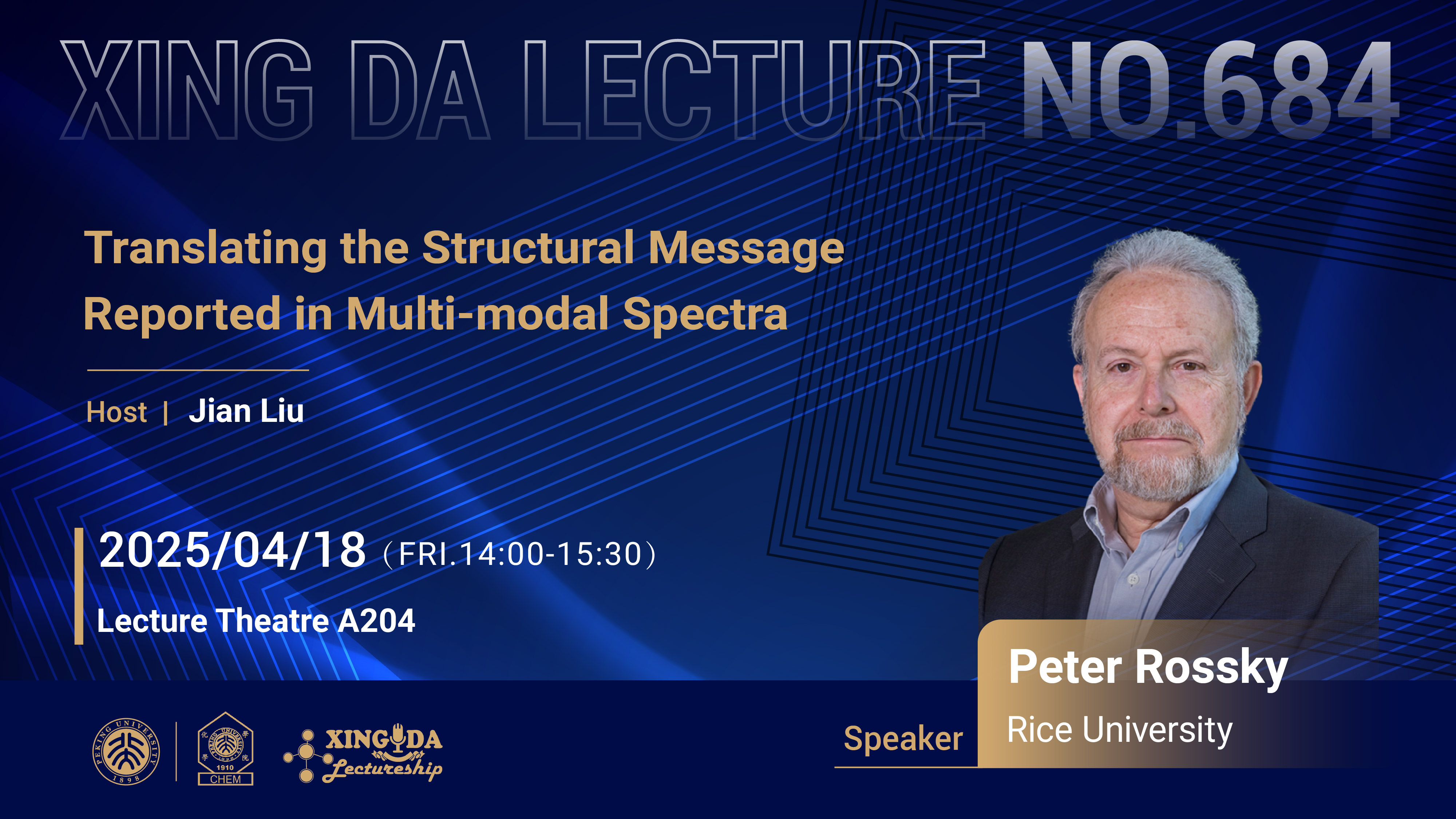
Abstact
Theoretical methods and algorithms have made great strides in their capacity to faithfully describe complex molecular systems, while, in parallel, there has been an enormous increase in the capability of and access to high performance computing resources. As a result, there is now a realistic expectation that theory and experiment should function in a symbiotic relationship to resolve underlying molecular mechanisms for laboratory phenomena, and, ideally, point to experimental refinements, e.g., of the molecular composition of a material. A key challenge to the implementation of theory is that the molecular structures present are often not a priori known. Hence, one first must calculate, with sufficient accuracy, a set of molecular structures and then use calculations to determine whether these structures lead to observables consistent with experimental measurements. In this talk, I will discuss examples of this process for observed ground and photoexcited state spectra, focusing on the chemical dynamics and distribution of ligands (molecules or atoms that bind reversibly to a chemical surface) for the case of semiconductor nanoparticles.
Biography
Peter Rossky received his undergraduate degree in Chemistry summa cum laude from Cornell University in 1971 and his Ph.D. in Chemical Physics from Harvard in 1978. After postdoctoral research in the area of ionic solution theory, in 1979 he joined the faculty at the University of Texas at Austin, where he last held the M. K. Collie-Welch Regents Chair in Chemistry. In 2014, he joined the faculty at Rice University as the Harry C. and Olga K. Wiess Chair in Natural Sciences, Professor of Chemistry, Professor of Chemical and Biomolecular Engineering, and Dean of the Wiess School of Natural Sciences. He is a leader in theoretical chemical physics and has contributed primarily to the fields of biophysical chemistry, solution chemistry, and molecular spectroscopy, with emphasis on elucidation of the molecular-level description of condensed phase chemical processes in solutions and amorphous materials. Rossky has served on the Editorial Boards for a number of leading chemistry journals; he is currently an Associate Editor and a member of the Editorial Board for Proceedings of the National Academy of Sciences USA. He is a Fellow of the American Physical Society and of the American Association for the Advancement of Science, the recipient of the American Chemical Society Physical Division Award in Theoretical Chemistry, the ACS Hildebrand Award in the Experimental and Theoretical Chemistry of Liquids, and an elected member of the American Academy of Arts and Sciences and the U. S. National Academy of Sciences.